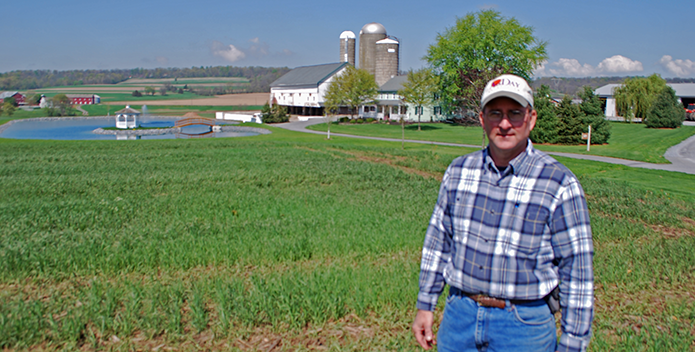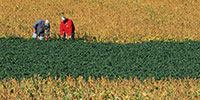Conservation practices, frequently called best management practices, or BMPs, are tools that farmers can use to reduce soil and fertilizer runoff, properly manage animal waste, and protect water and air quality on their farms. Often these tools can help improve a farmer's bottomline as well by reducing operational costs.
The six most cost-effective conservation practices include:
- Streamside Buffers
- Streamside Fencing
- Nutrient Management Plans (NMPs)
- Continuous No-Till
- Multi-Species Cover Crops
- Grazing
These practices reduce the most amounts of nitrogen and phosphorus per dollar spent. Benefits of using these practices, besides absorbing excess phosphorus and nitrogen and reducing nutrient pollution runoff, include managing soil erosion, improving soil quality, preventing soil compaction, sequesterating carbon, controlling weeds, and increase water infiltration and conservation.
With practices like these, well-managed farms can be among the Bay's best friends.






